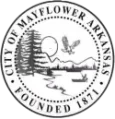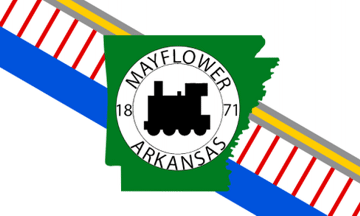New landscaping or substantial reconfiguration of existing landscaping in the District shall comply as follows:
(1) To ensure regional compatibility and reduce excessive vehicular emissions, all proposed plant materials should be grown/propagated and delivered from a nursery source located within a 200-mile radius to the site.
(2) All efforts should be made to preserve existing plant materials that are in a desirable condition. Existing trees six inches (6”) in diameter at breast-height or greater in height that are removed shall be replaced at an inch per inch ratio. Such replacement may be on site or in the street right of way as a street tree.
(3) All proposed plant materials should conform to the American Standard for Nursery Stock, ANSI Z60.1-1990. The use of annuals is strongly discouraged. Seasonal bed color should be achieved through the use of either native or well adapted perennials.
(4) Pedestrian safety shall be considered in the location of planting beds and plant material locations.
(5) Shade trees shall be a minimum of three inches (3”) inches in caliper and ten feet (10’) in height at planting.
(6) Ornamental trees should be a minimum two inches (2”) in caliper and six feet (6’) to eight feet (8’) in height at planting.
(7) Even with the preferred pallet of native and well-adapted plant species, irrigation should be provided for, at a minimum, the first growing season following installation. The primary function of the irrigation system is as a means of establishing new tree, shrub, and bed (perennial) plantings.
(8) The use of municipally-provided potable water for landscape irrigation is discouraged. All efforts should be made to incorporate the use of captured rainwater, ground water and/or recycled site water for all irrigation needs.
(9) In areas where the use of municipally-provided potable water is the only feasible option, temporary above-ground irrigation should be installed for all tree, shrub, and bed plantings. Temporary irrigation should be actively maintained and routinely evaluated, and modifications should be made to ensure adequate coverage. All above ground irrigation components should be removed no later than one year after installation. Permanent in-ground irrigation should be provided for all turf areas regardless of the water source.
(10) “High efficiency” equipment shall be used for all required irrigation components.
(11) Drip irrigation is encouraged for all non-turf irrigation areas zones.
(12) Irrigation delivery systems shall be designed in such a manner that water does not run off or over spray onto adjacent pavement, sidewalks, structures or other non-landscaped areas. Irrigated areas adjacent to structures should not spray within eighteen (18”) inches of the structural foundation.
CITY OF MAYFLOWER GOVERNMENT

